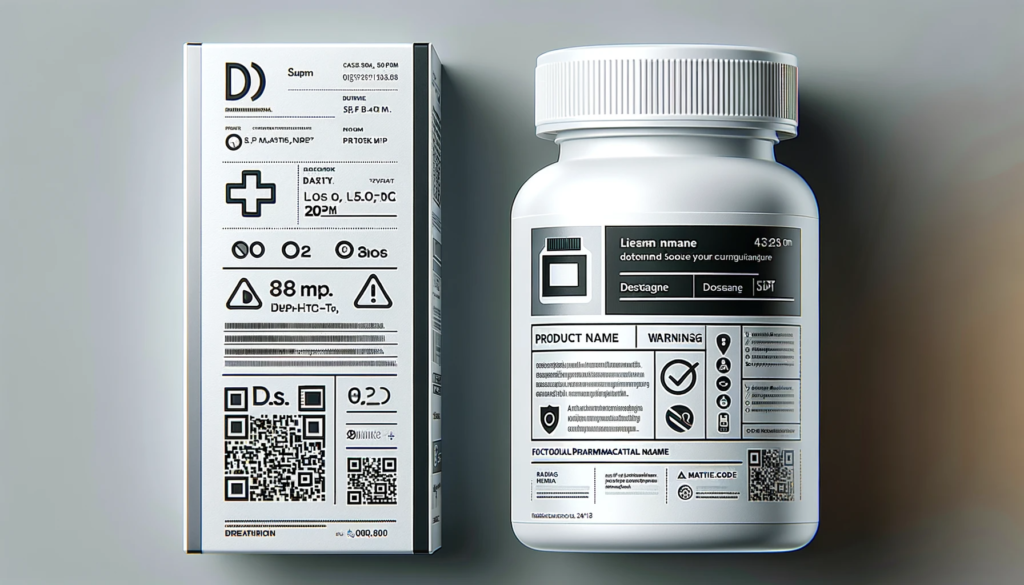Welcome to our in-depth exploration of the best practices for storing peptides, exosomes, and NAD+ compounds. These biomolecules are crucial for various research and therapeutic applications, but their effectiveness heavily depends on proper storage and handling. Here, we’ll delve into the specifics of temperature regulation, degradation prevention, and careful handling to ensure optimal stability and efficacy.

Understanding Peptides: Storage and Stability
Peptides are short chains of amino acids with a wide range of applications in research, diagnostics, and therapeutics. Proper storage is key to maintaining their structural integrity and biological activity.
Ideal Storage Conditions:
- Temperature: Most unmixed peptides are stable for six months to a year when stored at -20°C. However, certain peptides may require -80°C for long-term storage to prevent degradation. This being said they can be transported without refrigeration. At room temperature, they are viable for 1.5 months on average.
- Avoiding Repeated Freeze-Thaw Cycles: Repeated freezing and thawing can degrade peptides. Aliquot peptides into smaller volumes to avoid this.
- Lyophilized Form: Store peptides in the lyophilized (freeze-dried) form in the freezer when possible, as it enhances stability.
Handling Tips:
- Aseptic Techniques: Use sterile techniques to prevent contamination.
- Reconstitution: Use appropriate solvents like sterile water or buffers for reconstitution, taking into account the peptide’s solubility.
- Thawing: Allow peptide to come to room temperature if using room-temperature BAC water to avoid shock.
Exosome Storage: Preserving Integrity
Exosomes, small vesicles secreted by cells, are gaining attention for their role in cell communication and potential therapeutic applications.
Lyphonlized peptides lack research and are typically for topical use only. Using the IV format is still considered a liability.
Optimal Storage Conditions:
- Temperature: Store exosomes at -80°C to maintain their structural and functional integrity. Lyophilized exosomes on the other hand may travel at room temp and be stored in the freezer or between 2 and 12 degrees depending on the type. At the moment most lyophilized exosomes are for topical use only and are considerably less superior of a product in terms of regenerative health.
- Avoid Freeze-Thaw Cycles: Like peptides, exosomes are susceptible to damage from repeated freeze-thaw cycles. Aliquotting is recommended.
Handling Considerations:
- Gentle Thawing: Thaw exosomes slowly at 4°C to minimize stress.
- Sterile Environment: Ensure a clean, sterile environment to prevent contamination.

NAD+ Storage: Ensuring Potency
Nicotinamide adenine dinucleotide (NAD+) plays a pivotal role in cellular metabolism and energy production.
Storage Guidelines:
- Temperature: NAD+ is typically stable at -20°C.
- Protection from Light: NAD+ can be sensitive to light, so store it in dark containers or locations.
When considering the breakdown of NAD+ (Nicotinamide adenine dinucleotide), it’s important to understand both the nature of its degradation and the potential byproducts that can arise. NAD+ is a crucial coenzyme in cellular metabolism, particularly in redox reactions, and its stability can be affected by various factors including pH, temperature, and light.
Do Dangerous Byproducts Exist?
- Degradation Pathways: NAD+ primarily breaks down into nicotinamide and ADP-ribose. These are not typically considered dangerous but have different biological activities compared to intact NAD+.
- Nicotinamide: While not inherently dangerous, high levels of nicotinamide can have pharmacological effects, such as inhibiting sirtuin enzymes, which are involved in aging and metabolism.
- Other Byproducts: Depending on the conditions, other minor byproducts might form, but these are generally not considered dangerous under normal storage and handling conditions.
Rate of Degradation After Reconstitution
- Factors Influencing Degradation: The rate at which NAD+ degrades after reconstitution can vary based on several factors:
- Temperature: Higher temperatures can accelerate degradation.
- pH of the Solution: Extreme pH levels can increase the rate of hydrolysis.
- Light Exposure: Exposure to light, especially UV light, can promote degradation.
- Typical Stability: In a buffered solution at physiological pH and stored in a dark, cool environment (2-8°C), reconstituted NAD+ can remain stable for several hours to a few days. However, this can vary, and it’s often recommended to use freshly reconstituted solutions for experiments to ensure maximum potency.
- Best Practices for Use: For experimental or therapeutic purposes, it’s advisable to:
- Reconstitute only the required amount of NAD+.
- Store the reconstituted solution in a dark, cool environment.
- Use the solution as soon as possible after reconstitution.
NAD+ Breakdown
While the degradation products of NAD+ are not typically dangerous, they can alter the desired biological effects. Understanding the stability and handling of NAD+ is crucial in research and therapeutic contexts to ensure the integrity and efficacy of the compound. Always follow best practices for reconstitution and storage, and be mindful of the factors that can accelerate degradation.
Handling Practices:
- Avoid Direct Contact: Handle with care and avoid direct contact with skin.
- Proper Measurement: Use precise measuring tools for accurate dosing.
General Tips for Biomolecule Storage
- Documentation: Keep detailed records of storage conditions and handling procedures.
- Regular Monitoring: Regularly check storage temperatures and conditions.
- Quality Checks: Regularly perform quality control checks on stored materials.
- Staff Training: Ensure staff are well-trained in handling and storage protocols.
- Compliance with Regulations: Adhere to relevant guidelines and regulations for biomolecule storage.
Conclusion
Storing peptides, exosomes, and NAD+ compounds requires careful attention to temperature, handling, and degradation prevention. By adhering to these guidelines, researchers and healthcare professionals can ensure the stability and efficacy of these critical biomolecules. Remember, the effectiveness of peptides, exosomes, and NAD+ in research and therapeutic applications is only as good as their storage and handling practices.
We hope this guide has been informative and helpful in understanding the intricacies of biomolecule storage. Feel free to reach out with any questions or for more detailed information on specific compounds. Stay tuned for more insights into the fascinating world of biomolecular research and application!
Contact us to learn more or if you would like a second opinion on a product you have read about elsewhere.
